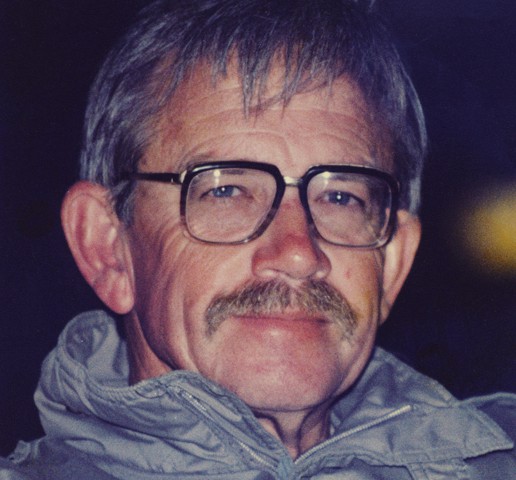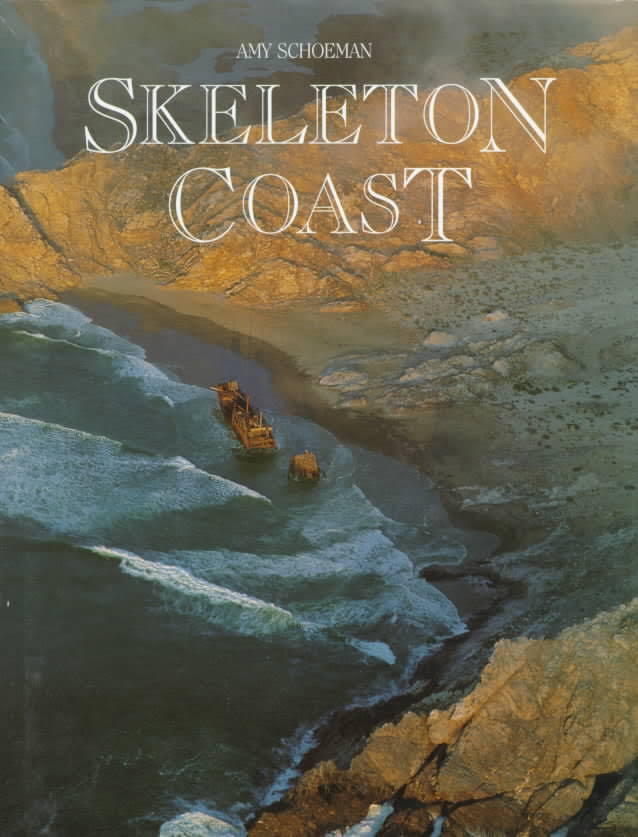Schoeman Family
Legends of the Skeleton Coast in Namibia
Schoeman Family - over 40 years along the Skeleton Coast
Louw Schoeman, an attorney by profession, initially came to know the Skeleton Coast through his clients who were involved in prospecting, and researching the feasibility of a new harbour in the area. Plans for the latter thankfully fell through, by which time Louw knew, and loved, the area very well.
His thoughts turned to conservation, and he was instrumental in the conservation and proclamation of the Skeleton Coast Park in 1971. The Schoeman offspring spent their childhood days (early sixties) exploring and playing among the remains of old wooden ship wrecks and natural wonders of the Skeleton Coast.
NAMIBIA NATURE FOUNDATION
While Louw Schoeman’s 30-year involvement in the Skeleton Coast has become his lasting legacy in Namibia’s conservation history, it is not widely known that he was the original founder of the Namibia Nature Foundation, an organisation initially established to act as a conduit for funds donated to the official conservation authority for specific conservation purposes. Since being formally constituted in 1987, the foundation has evolved steadily to become the leading conservation NGO in Namibia.
By the late 1970s, Louw had been closely associated with the Skeleton Coast Park for nearly twenty years. During those early years he became increasingly captivated by the extraordinary beauty and diversity of the landscape. He also became progressively more aware that the remoteness and untouched nature of the terrain could easily be destroyed by over-utilisation, and that entry to the area by tourists and four-wheel drivers needed to be controlled because of the sensitivity of the desert surface to vehicle tracks, the removal of historical artefacts, the disfigurement of rock paintings, the indiscriminate removal of plants and the dwindling numbers of game.
To set the wheels in motion, he went to Stellenbosch for a meeting with Hymie Bluhm, Director of the SA Nature Foundation, to discuss the feasibility of an equivalent foundation for Namibia. Mr Bluhm gave the idea his full support, pledging the backing of the SA Nature Foundation, provided the project was officially sanctioned by the Namibian Division of Nature Conservation and Tourism, at the time under directorship of its founder, Bernabé de la Bat. But Mr De la Bat felt that in view of the political climate of the late seventies, the time was not right.
However, the pressing need for conservation efforts above and beyond those handled by the official authorities was becoming increasingly apparent. Examples of conservation concerns prevalent at the time are the steady decline of free-roaming cheetah populations in central and northern Namibia where they were being shot by commercial farmers because they preyed on livestock and game; the alarming decimation of the critically endangered black rhino in the arid north-western regions of Kaokoland and Damaraland due to severe poaching; the disappearance of breeding colonies of the Cape vulture in the Waterberg environs; and ongoing issues such as desertification and deforestation in the north-eastern regions. The dilemma was that funds from private donors given to the official conservation authorities for specific conservation concerns often disappeared into the general state coffers and ended up being used for other purposes.
In the mid-eighties Polla Swart, Director of the then Directorate of Nature Conservation and Resorts, urged Louw to continue with his efforts to establish such a foundation. The first step was to formalise the constitution, and then to “sell” the concept of the foundation to conservation-minded companies and individuals, initiate fundraising and appoint trustees. On 29 July 1987, with the support and patronage of Mr KWR List of the Ohlthaver and List Group and the appointment of Douglas Reissner as its first director, the NNF was launched as a non-governmental, non-profit organisation governed by an independent Board of Trustees.
The primary aims of the NNF were to promote sustainable development, conserve biological diversity and natural ecosystems, and utilise natural resources wisely and ethically for the benefit of all Namibians, both present and future. The NNF was tasked to:
Initiate, support and promote activities that conserve Namibia’s environment, protect biological diversity and foster the sustainable and ethical use of natural resources; support and promote initiatives that strengthen Namibian institutions to understand and manage natural resources better; raise and administer funds for conservation and Namibia’s environment; plan, develop, implement and administer projects to support the mission of the Foundation; provide small grants to worthy institutions; promote and support community-based natural-resource management initiatives; promote and support initiatives aimed at public awareness and education on the environment and sustainable use of natural resources; and establish and maintain good, open channels of communication with partners and potential partners.
To achieve these goals, the NNF has been working in close collaboration with the Namibian Government, NGOs, international bilateral and multilateral donors and the private sector.
SKELETON COAST SAFARIS
When Louw officially started Skeleton Coast Safaris in 1977, the now teenaged Schoeman offspring often accompanied safari groups. From their father they learnt to love and understand the complexity of the desert, its fauna and flora. They also gleaned from him the more practical skills of driving in the roaring dunes, and how to introduce the wonders of this amazing desert to perfect strangers.
The Schoeman brothers, Bertus, Andre, Leon and Henk, who in the intervening years acquired and expanded on their father’s expertise and vast background knowledge of the Skeleton Coast and adjacent regions, took over management of the enterprise in 1994. The late Louw Schoeman’s enthusiasm and passion for the desert rubbed off on the youngsters.
Today, middle-aged and wiser for it, the Schoemans are rated as experts on the Skeleton Coast and semi-desert areas of Namibia. They have followed in the footsteps of their father who, at the time, was considered the pioneer of ecotourism in Namibia. They all fully believe that the future of country not only rests with tourism and the preservation of wildlife, but also in protecting the natural resources and wilderness areas of Namibia. They take great delight in sharing their intimate understanding and knowledge of the Skeleton Coast with their visitors.
Says André, who has a keen knowledge of Namibian history and local cultures, “ Forty years ago, our father established a relationship with the local Himba community working with them on conservation issues. We grew up with their children and now that we’re adults, we are also colleagues, working together through their conservancy to set up a joint venture with an eye towards future operations.”
Leon’s son, Michael, is studying aircraft mechanics in Windhoek and André’s son, Kyle, is taking flying lessons. Growing up, these two young men have shared a similar experience as their fathers and uncles and may be the next generation to share their lives and their rich family history with guests of Skeleton Coast Fly-in Safaris.
A wonderful book of the Skeleton Coast by Amy Schoeman was published in 1984 - the book is dedicated to Amy’s late husband, Johannes Louw Schoeman, ‘custodian of the Skeleton Coast Park wilderness area from 1977 to 1993’. More details/information is needed here as there must surely be a link to the family in question.
ARTICLES OF INTEREST
Namibian flying safari by Richard Grant at The Telegraph
Skeleton Coast by Amy Schoeman (Revised Edition 2011) originally published 1984
Go back to: Families in conservation


